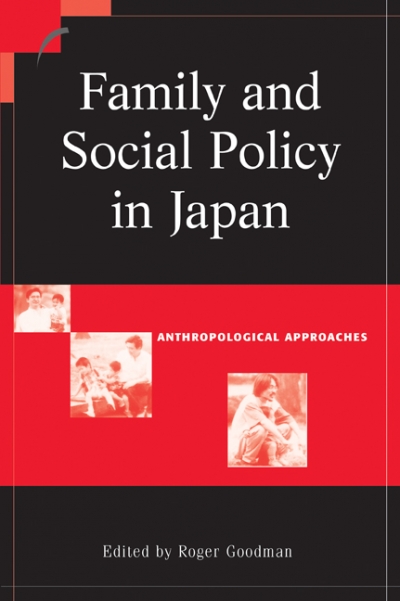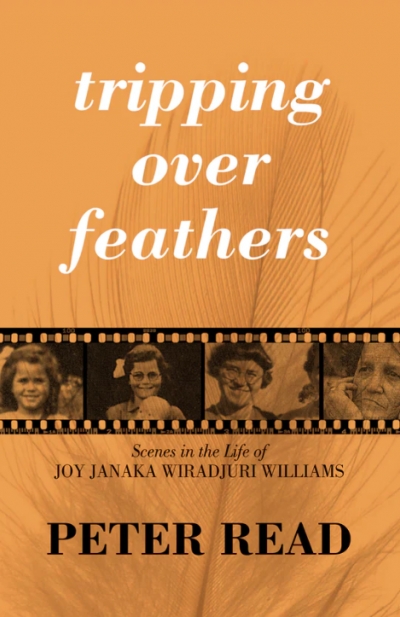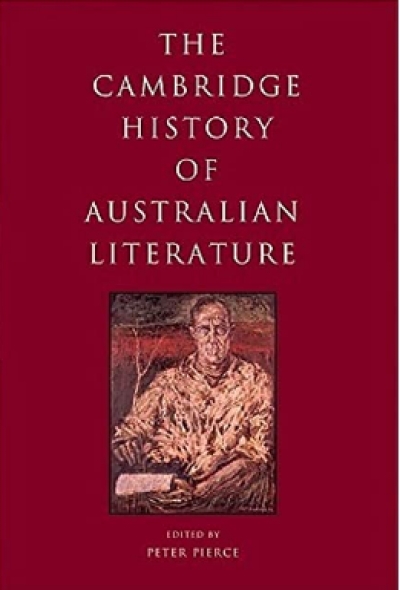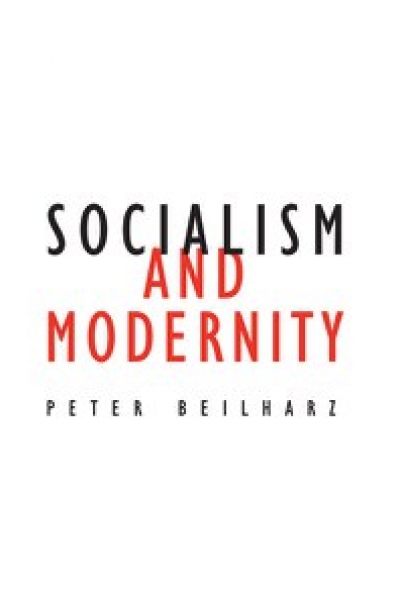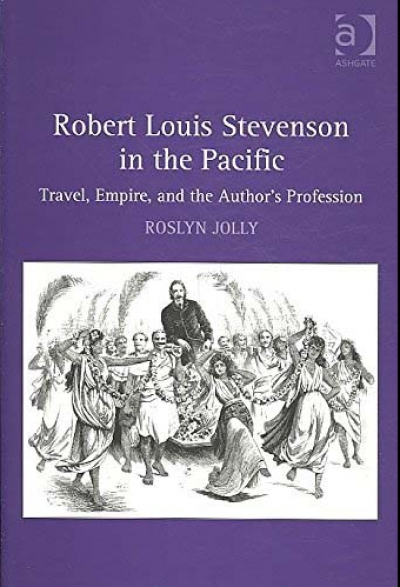Archive
Family and Social Policy in Japan edited by Roger Goodman & Feminism in Modern Japan by Vera Mackie
by Chilla Bulbeck •
Baby Wombat's Week by Jackie French & Bruce Whatley & Jasper & Abby and the Great Australia Day Kerfuffle by Kevin Rudd & Rhys Muldoon
Tripping Over Feathers: Scenes in the life of Joy Janaka Wiradjuri Williams by Peter Read
by Sarah Kanowski •
The Cambridge History of Australian Literature edited by Peter Pierce
by Gregory Kratzmann •
Source: Nature’s healing role in art and writing by Janine Burke
by Jane Goodall •

